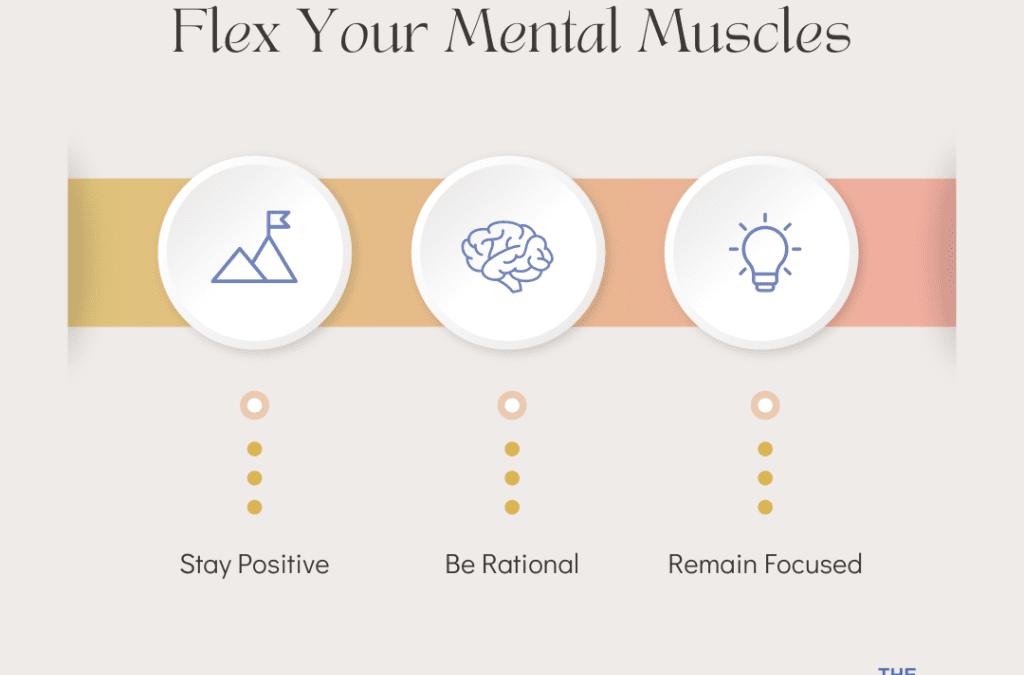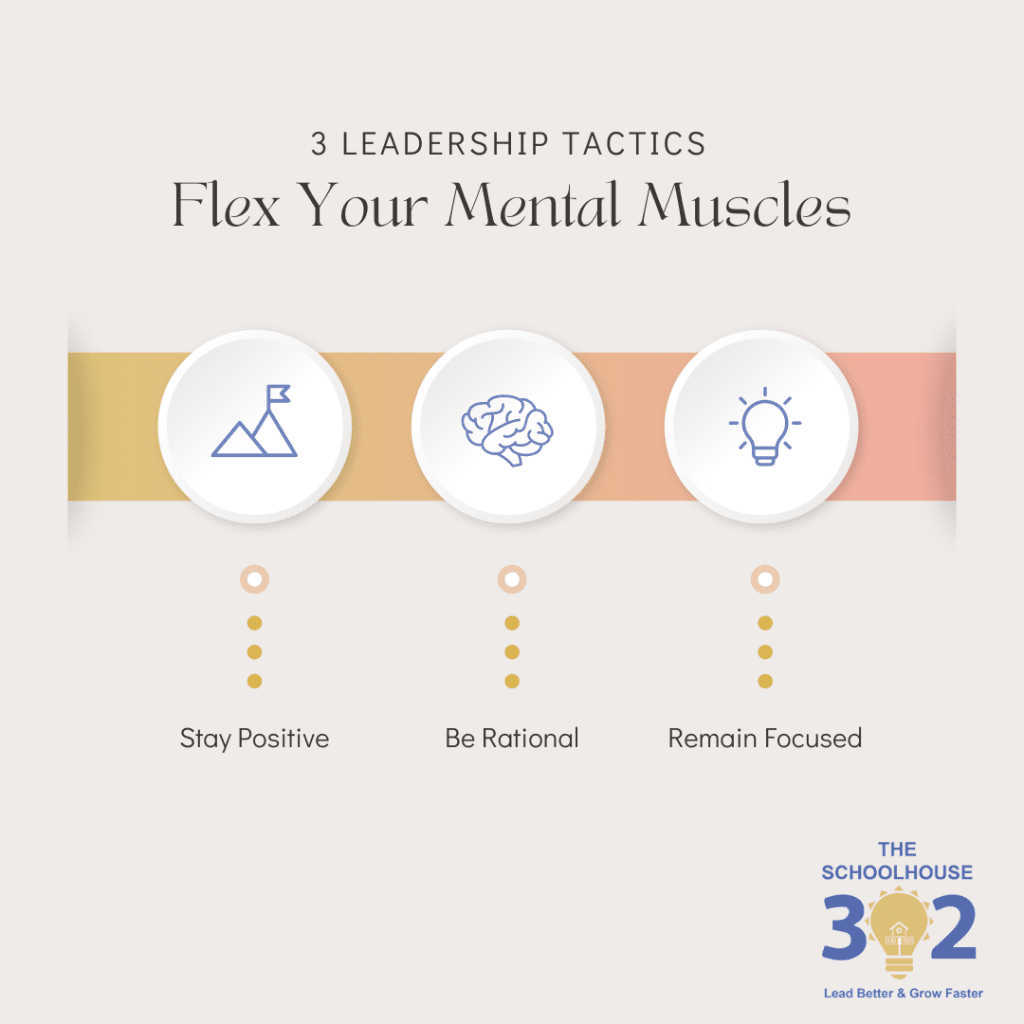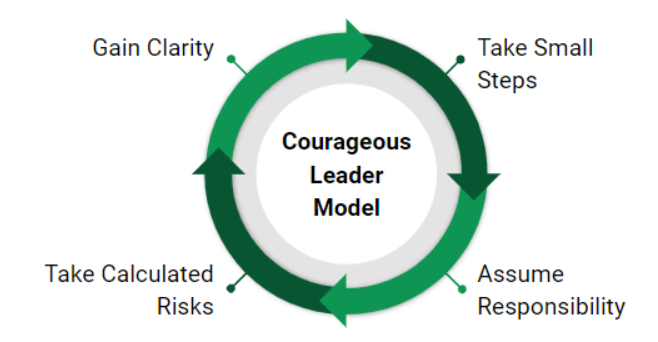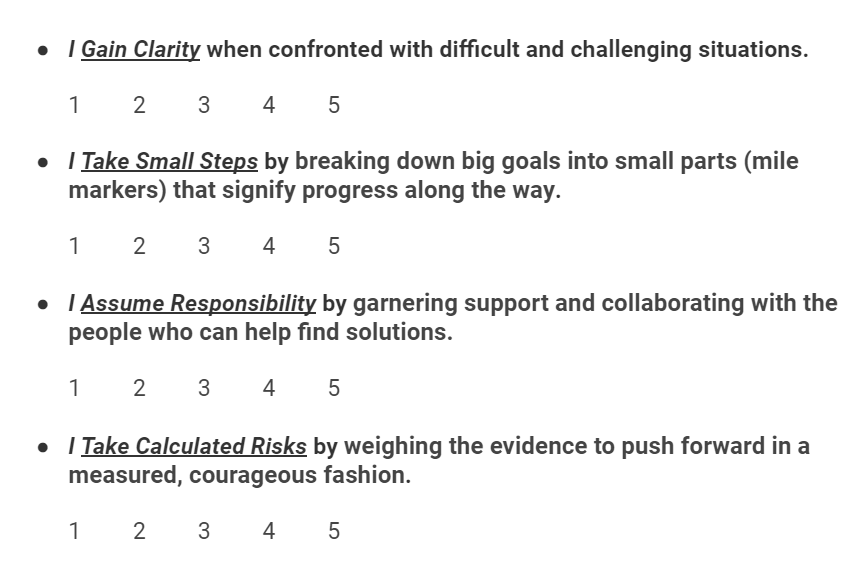
Flex Your Mental-Strength-Muscles Using These 3 Leadership Tactics
“I tried to do so many things to fit in. But when you look in the mirror, that’s the one person you can’t lie to.” – David Goggins
April 13, 2013 at 2:49PM, two bombs exploded, killing three people and injuring hundreds of others. The Boston Marathon, the quintessential 26.2 mile race, an event that symbolizes patriotism and honor, was attacked by two assailants. Simply put, they sought to terrorize and destroy. Soon after the horrific bombing, the message Boston Strong was plastered everywhere. It quickly became a source of strength for many. This single symbol of solidarity gave people the mental strength to push forward. In times of need, it isn’t the physical aspects of ourselves and others that we need to be tough but rather the mental toughness that allows us to endure.
In all facets of life–sports, work, friendships, heroes–we tend to admire people who possess superior physical strength. Marvel characters like Thor and Wonder Woman impress us with their size and power, but the reality is that mental strength is much more important in our day-to-day lives. As we think about the toughest times in history, the individuals who emerge demonstrated true grit and mental vigor. Whether we look to Mother Theresa or Winston Churchill, the greatest leaders throughout history are the ones who maintained mental strength over physical prowess. Granted, physical health is important, it certainly sells at the box office, and most of work for a toner physique, but our accustomed manner in which we go looking for strength by way of seeing muscles is deceiving.
Mental muscles aren’t available for the eye. Mental strength is all about training the mind, putting in the psychological reps, so that we can find the courage to continue in even the greatest of hardships and difficult scenarios. It’s what leaders lean on when everyone else seems to be falling apart or coming unraveled.
If you’re reading this–especially now–it’s because you want to lead better and grow faster. Embrace the formula below to flex your mental-strength-muscles.

The Ability to Stay Positive
Staying positive during a crisis, or even through daily trials, is tough. Our emotions can easily be hijacked by worry and fear. These feelings grow as uncertainty about the future looms. One powerful way to stay positive is to imagine or visualize your best self. We know that the seasons of life will pass, looking optimistically towards the future is a proven way to remain hopeful and anticipate a better day.
Fighting Against the Alternative
So often it seems that we are simply “wired” to be pessimistic. Negative feelings and worst case scenarios come naturally. Our human nature is one of protection, and in many situations this benefits us. The hurdle we face is how to use the information we receive to put us in a position to protect ourselves and others rather than consuming our thoughts and paralyzing our actions.
The Capacity to be Rational
Mentally strong individuals possess similar qualities that help them wade through some of the most trying and difficult circumstances. They learn to give up or let go of defeating behaviors and attitudes that aren’t productive.They remove “the bad habits” associated with brooding, worry, and doubt by thinking rationally about the reality of the moment. The key, says expert Dr. Amy Cooper Hakim, is to remove emotions, especially negative emotions.
Fighting Against the Alternative
Being rational, essentially taking out the emotion, is no easy feat. Admittedly, sometimes it feels good to wallow and embrace the darkness. Dare we say that it even may provide some degree of comfort, since the pain is very real. This approach, though, in the long run, doesn’t provide the relief and comfort we naturally seek. We need to discipline ourselves to take the necessary steps to remain in control of how we respond to situations regardless of the circumstance.
The Commitment to Remain Focused
Mental toughness requires commitment and resilience. This may seem counterintuitive. One would think that in order to stay focused and committed you need mental toughness, but it’s the other way around. You need to focus on mental strength to actually have it when you need it. That’s the unique quality of mentally strong leaders; they practice being strong so that they can retrieve their highest levels when called upon. This requires nothing less than a conscientious and deliberate effort.
Fighting Against the Alternative
Losing sight of our goals and long term plans can easily occur when the daily grind seems insurmountable. We take our eyes off of the prize and the little things consume our thoughts and then dictate our behaviors. As Stephen Covey clearly articulated, we need to fight against what seems urgent to focus on the important stuff. If we don’t stay focused on the big picture, we never have the reserves needed to see a brighter future.
Great leaders are always fighting for their ability to stay positive, be rational, and remain focused. And, they know that the best way to do that is to simply avoid the alternative, which is our natural tendency. What we know is that leadership is paradoxical in that we often have to do the opposite of what our intuition tells us.
Hit us with a life, follow, or comment, and book us to speak at your next event.


 As always, please like, follow, and comment. If you have topics of interest, guests you want us to interview, or books that we should read and recommend, please let us know that as well.
As always, please like, follow, and comment. If you have topics of interest, guests you want us to interview, or books that we should read and recommend, please let us know that as well.



 How do I learn to be a more courageous leader…
How do I learn to be a more courageous leader…




 7 Mindshifts for School Leaders: Finding New Ways to Think About Old Problems.
7 Mindshifts for School Leaders: Finding New Ways to Think About Old Problems. 


